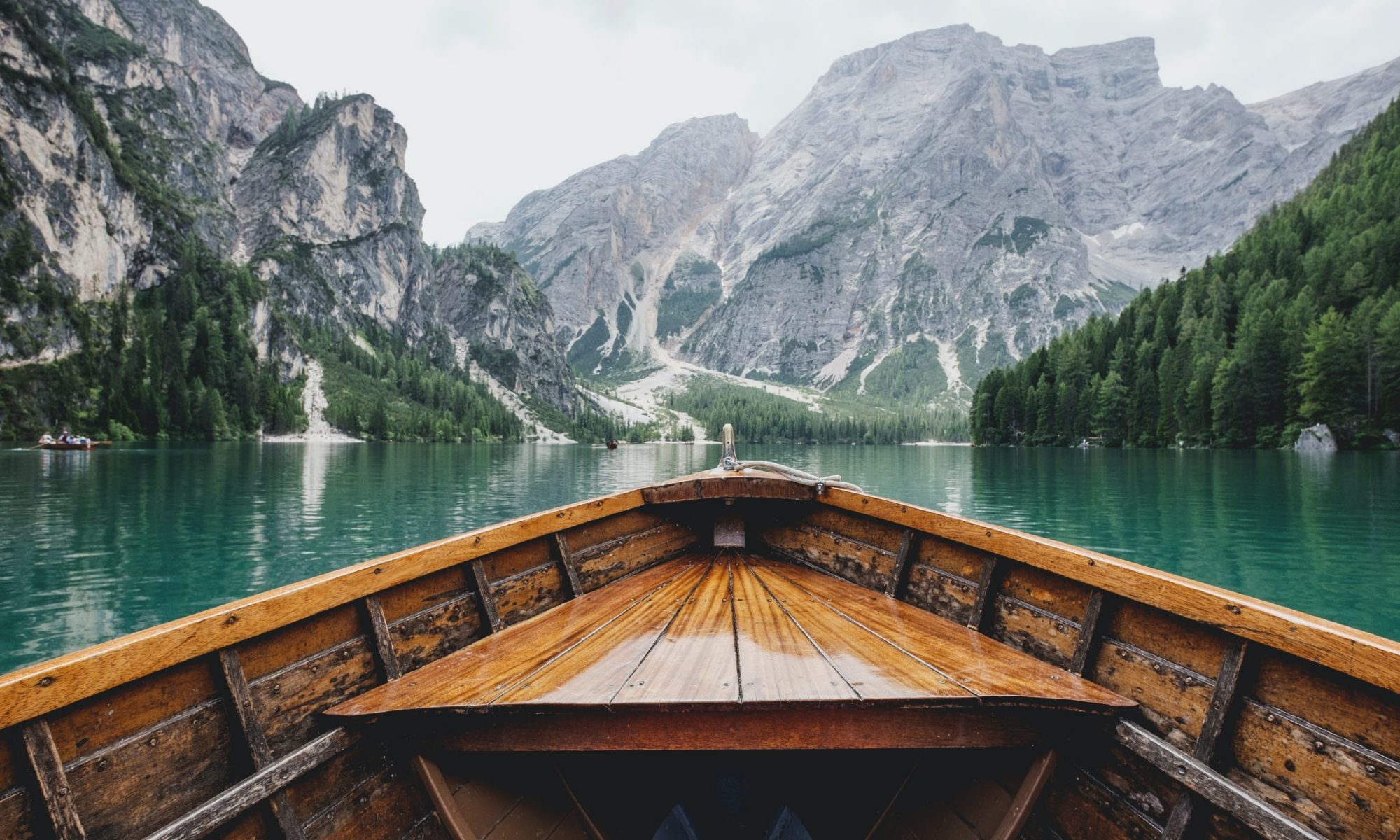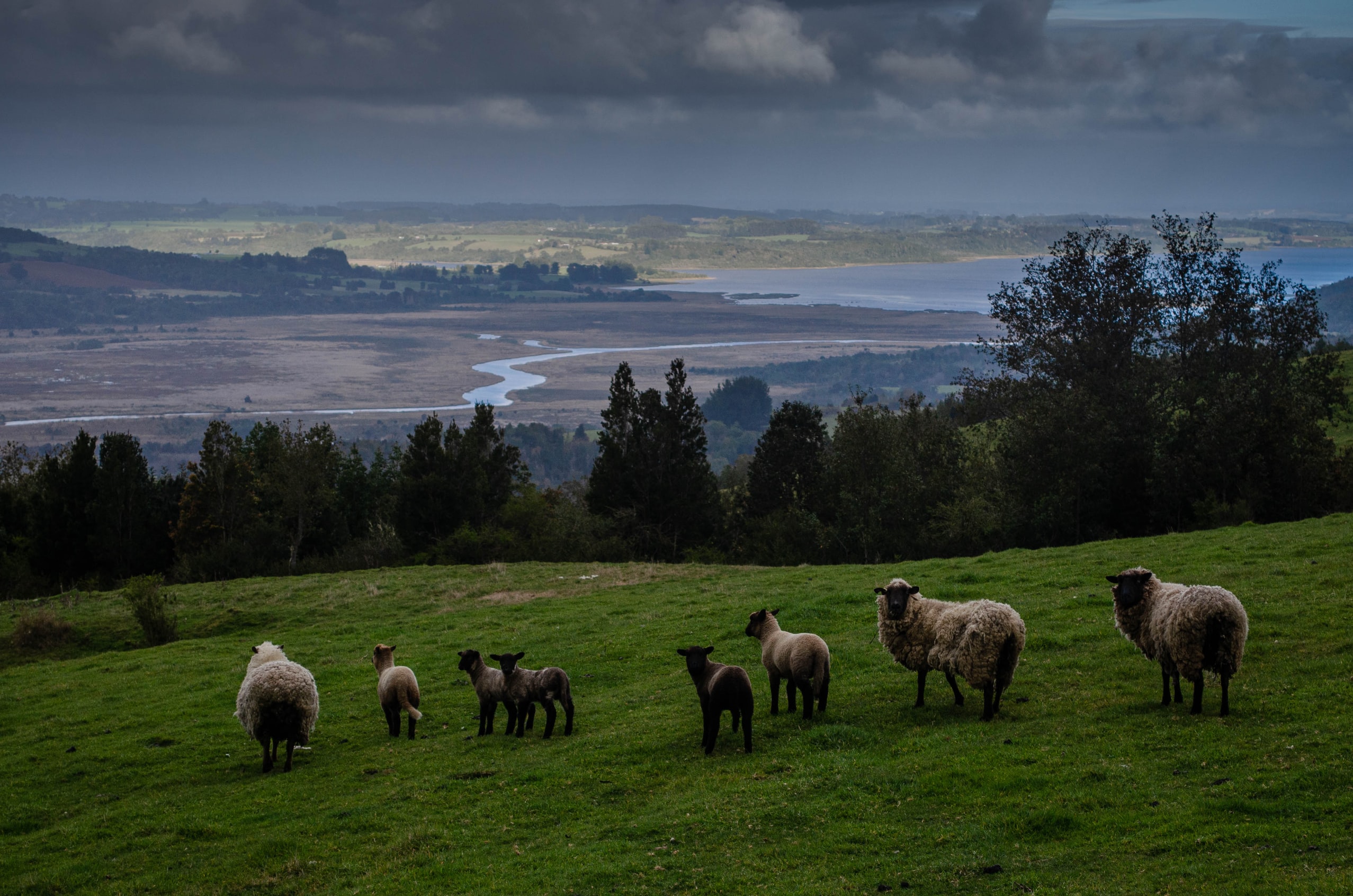My honeymoon was in New Zealand. We spent a month in the most wonderful locations I have ever seen, doing extreme sports and relaxed hikes. It was the best vacation of my life. So I wanted to write about it for a while. But nowadays New Zealand is a dream. Imagine my surprise when I got this guest article from a New Zealand native Dylan Kingsley and enjoy it with me for Valentine’s day.
People travel to see other parts of the world and experience cultures. Some places like New Zealand have more to offer than others in terms of the wow factor. From having one of the best Rugby teams in the world to an animal population higher than that of humans, this country is indeed a wonder.
If NZ is on your bucket list, then these five facts of nature will only add to your curiosity.
Hill with the Longest Name
How long would you need to pronounce one name? Not more than two seconds usually, right? Well, not for this hill near Porangahau, New Zealand: Taumatawhakatangihangakoauauotamateapokaiwhenuakitanatahu. As you can imagine, this name is a mouthful even for resident kids, most of who learn to say it in song first. This name has a story to it, and its full translation is a succession of words that could arouse the curiosity of any sharp-witted person.
Legend has it was named after an explorer and chief, Tamatea, who got into a battle in the district of Porangahau, in which he lost his brother. Grief-stricken, Tamatea, would sit at a spot every morning and play the Māori flute in lament for his loss.
As part of the explorer’s story, this sentence was formed, “hence the name indicating the hill on which Tamatea, the chief of great physical stature and renown, played a lament on his flute to the memory of his brother.” This sentence is the correct translation to the hill’s long name.
The name’s 85 characters make it the longest in the world at the moment, earning it an entry in the Guinness Book of World Records. To make it easier to pronounce, residents call it Taumata.
More Animals than Humans
New Zealand is the size of the UK, but its population is way lower by about 90%. There are a little over 5 million people living there, with a large chunk of land and water being occupied by animals. There are over 25 million sheep in the country too, making their numbers way higher than those of people.
This fact makes it possible for New Zealanders to live relaxed agricultural lifestyles since there is so much of the land that is unexploited. Farming is a major activity that contributes to 5% of the country’s GDP, with most of the farms specializing in sheep and beef. Dairy? New Zealanders love their dairy and even with the reasonably small population, they consume copious amounts of milk and cheese. As for the animals in the water, this country has more penguin species than any other part of the world.
Meet Powelliphanta, the Summo Wrestler of the Snail Race
Visit the grassy wetlands of New Zealand if you really want to find strange snails. Tucked neatly in vast forests and eating away is the world’s largest carnivorous snail, Powelliphanta, measuring 9cm across and weighing 90g. This category of snails is unlike anything you may have seen with its range of colored shells from red and brown to mild yellow and black. Even with its size, it will still recoil into its shell at the slightest sense of danger. Powelliphanta’s diet consists of slugs and earthworms; the latter being a favorite, they suck the way you would spaghetti.
The Powelliphanta is hermaphrodite, meaning it has both male and female organs and can therefore mate with each other. Every year, the snail lays 5-10 pink and hard-shelled eggs, each 12 mm long. They can live up to 20 years.
Sadly, this giant snail that minds only his business – and that of smaller prey – is threatened by loss of habitation as the country’s forest cover is lost and predation. While hoping that more is done to keep them around for longer, we can celebrate their existence. To see one, look no further than Kahurangi National Park.
No Snakes, Please. Thank you
This next fact that my friend, who is a project manager at EssayWritingNZ shared with me, will make a curious person start doing some serious research. There are no terrestrial snakes in New Zealand! The Ministry for Primary Industries reported that no land snakes were native to NZ, and they would not mind keeping it that way. So, anyone with ambitions of keeping snakes as pets or even sees a snake and fails to report it would be in trouble with the law.
The policy is so strict that you will not spot a land snake in the country’s zoos, research establishments, or just roaming the land. A few species of sea snakes have been spotted off NZ’s shores, but that is all there is to it. So, everyone afraid of amphibians can comfortably roam the forests of New Zealand with no fear of encountering them anywhere.
The Bluest Lake in the World
They say blue isn’t an actual color but an illusion, but someone may have to tell that to the world’s bluest lake, The Blue Lake. This small lake in Nelson Lakes National Park has the clearest blue water and is only visible up to 80 meters. Since the Maori people who call it Rotomairewhenua consider it sacred, swimming in the lake is prohibited. An exception was made for photographer Klaus Thymann when he was allowed entry to capture its beauty for the world to see.
The best view comes after a reasonably long hike, and so you only get to see the lake after hiking for two days from the park’s entrance. If that’s too much, you can always hire a helicopter for an aerial view.
Don’t Just Believe it
What’s stopping you from exploring this country with its fascinating nature and amazing people? Note that this is only a little of what NZ has to offer.
About Author
Dylan Kingsley is a blogger fascinated with travel. He has spent the last five years hopping from country to country, chasing the thrill of new cultures and places while making places along the way.


